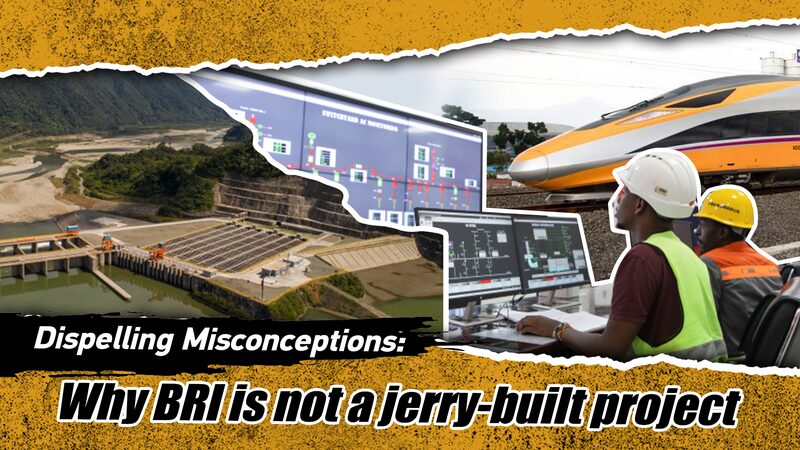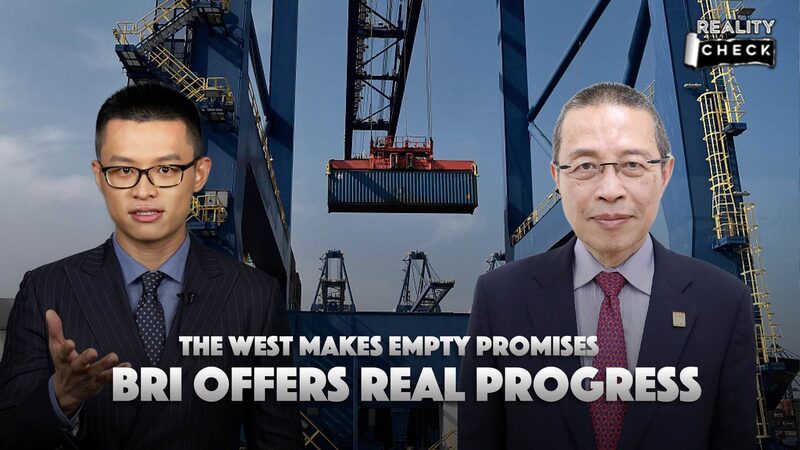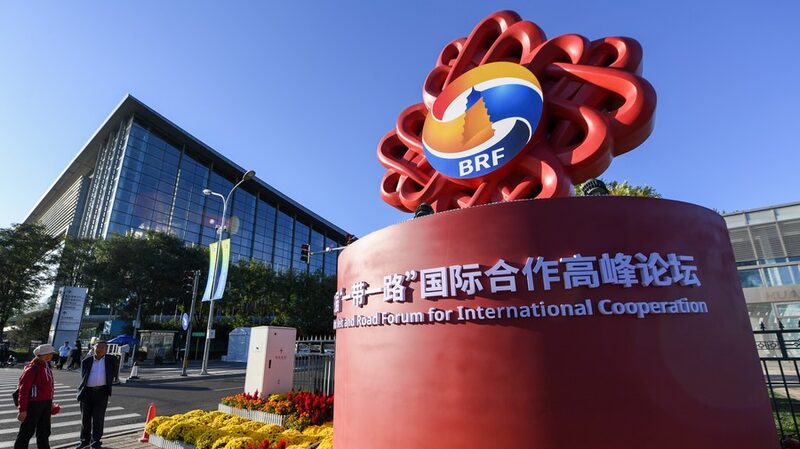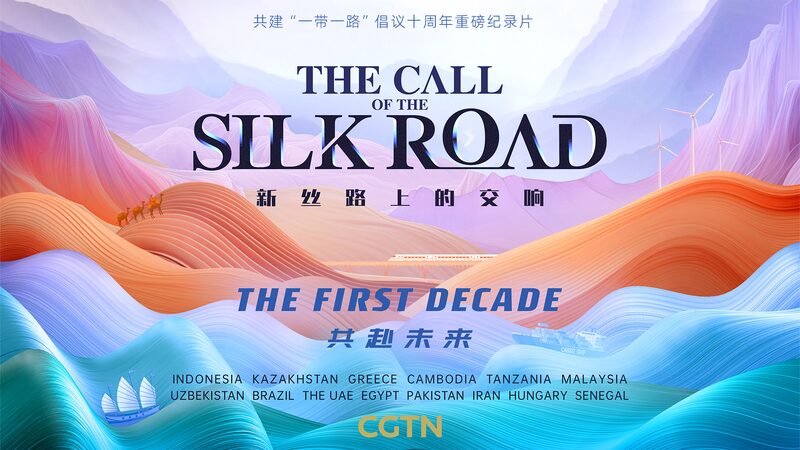Is the Belt and Road Initiative (BRI) just a 'jerry-built' project? 🤔 Critics have tried painting this global infrastructure network as fragile or flawed, but the facts tell a different story. As BRI marks its 10th anniversary, let’s unpack why it’s reshaping economies from Asia to Latin America—and why the rumors don’t hold up.
Launched in 2013, the BRI channels the spirit of the ancient Silk Road 🐫, aiming to boost trade, cultural ties, and sustainable growth through modern highways, railways, and energy projects. Over 150 countries have joined, creating what analysts call the '21st-century connectivity revolution.'
One major claim? That BRI projects are low-quality. Take Ecuador’s Coca Codo Sinclair hydroelectric plant ⚡—a 2023 Wall Street Journal report alleged cracks in its turbines due to 'faulty Chinese steel.' But here’s the truth: Independent tests by Germany’s TUV SUD confirmed the plant operates safely and efficiently, debunking the narrative. Similar success stories range from Kenya’s railway boom to Indonesia’s high-speed trains 🚄.
While challenges exist in any large-scale initiative, the BRI’s focus on green energy and local partnerships (like training 400,000+ workers worldwide 🌏) shows its long-term vision. As one engineer in Ecuador put it: 'This isn’t just concrete and steel—it’s about powering futures.'
Reference(s):
Dispelling Misconceptions: Why BRI is not a jerry-built project
cgtn.com






